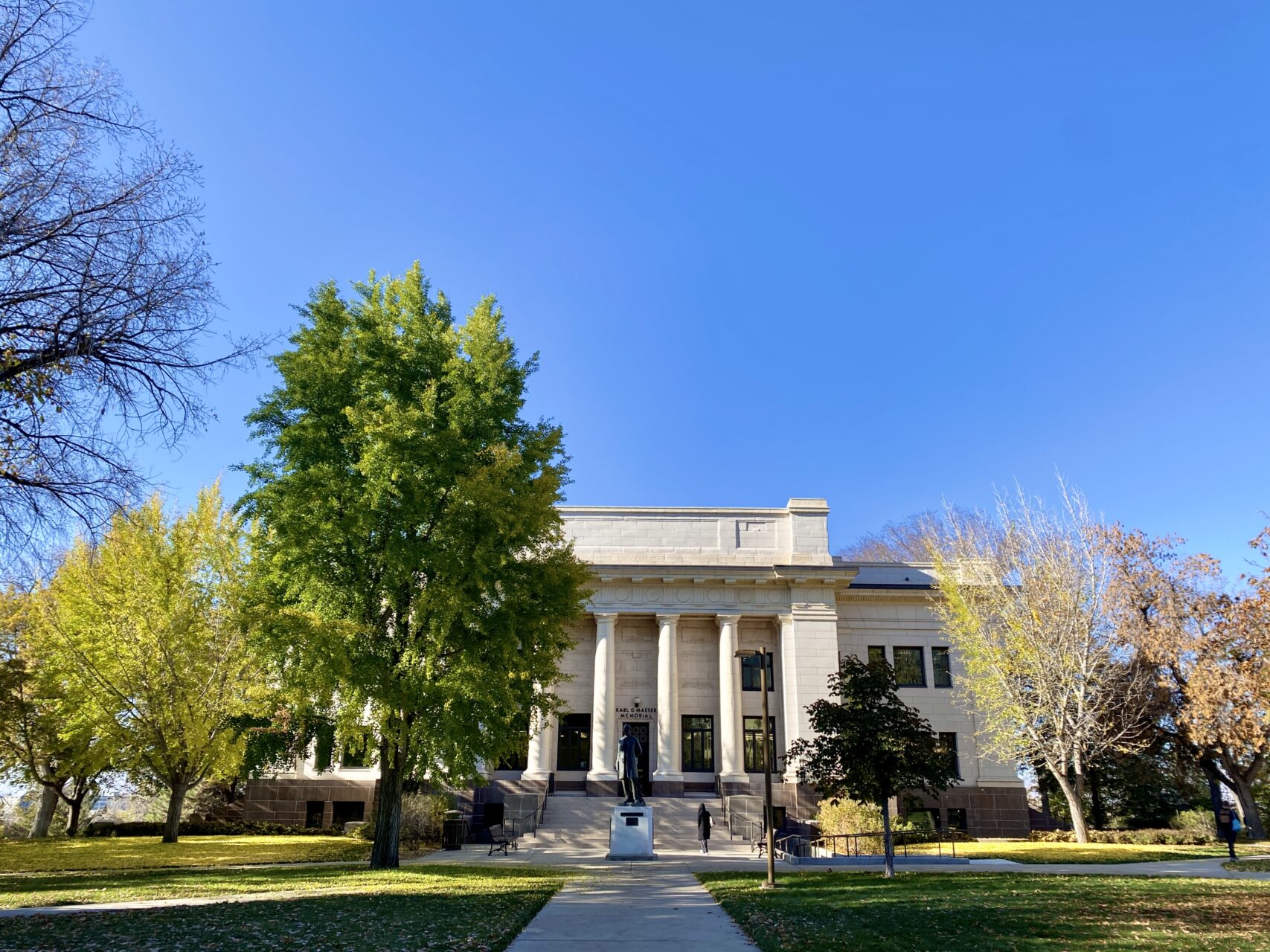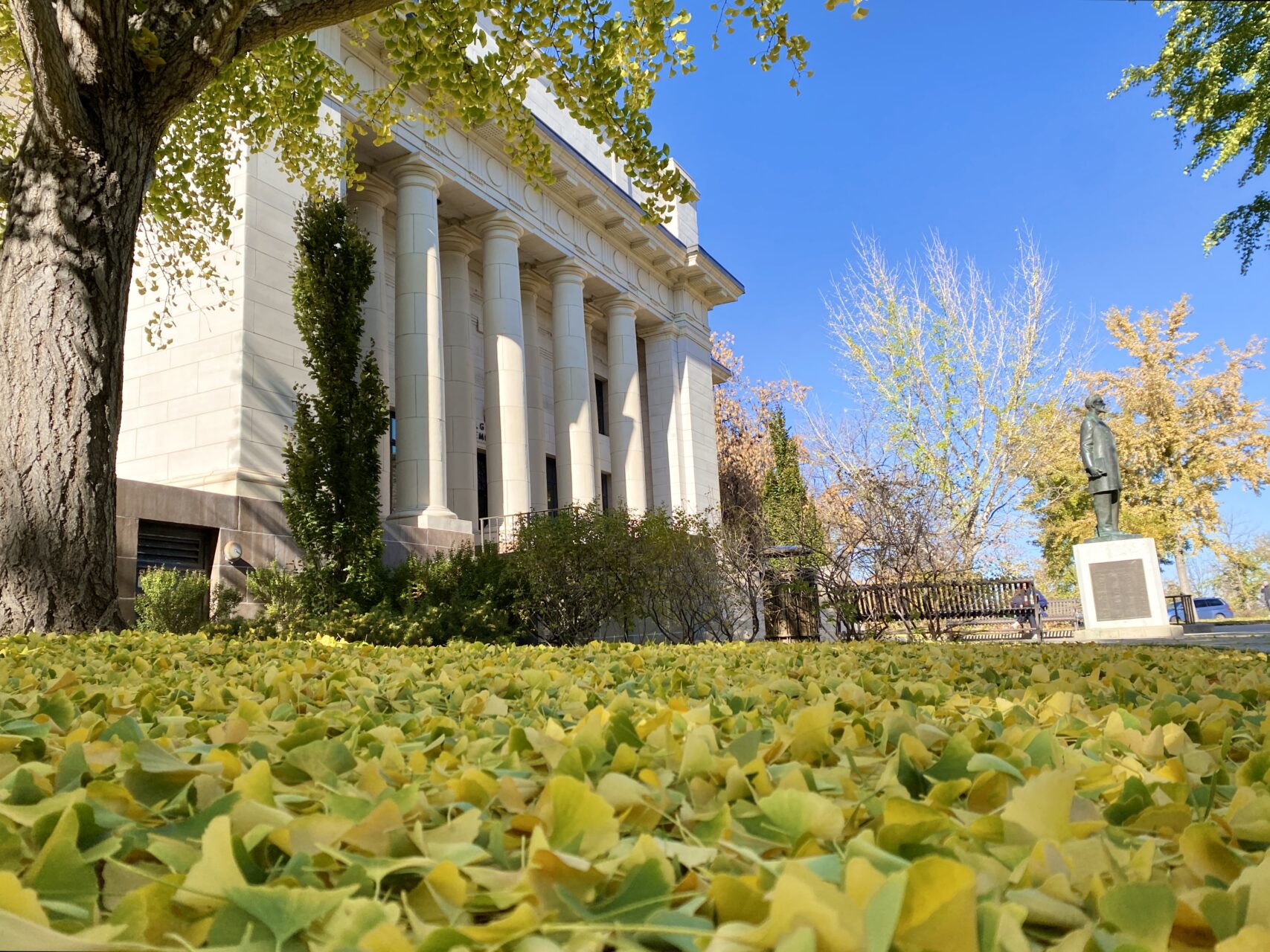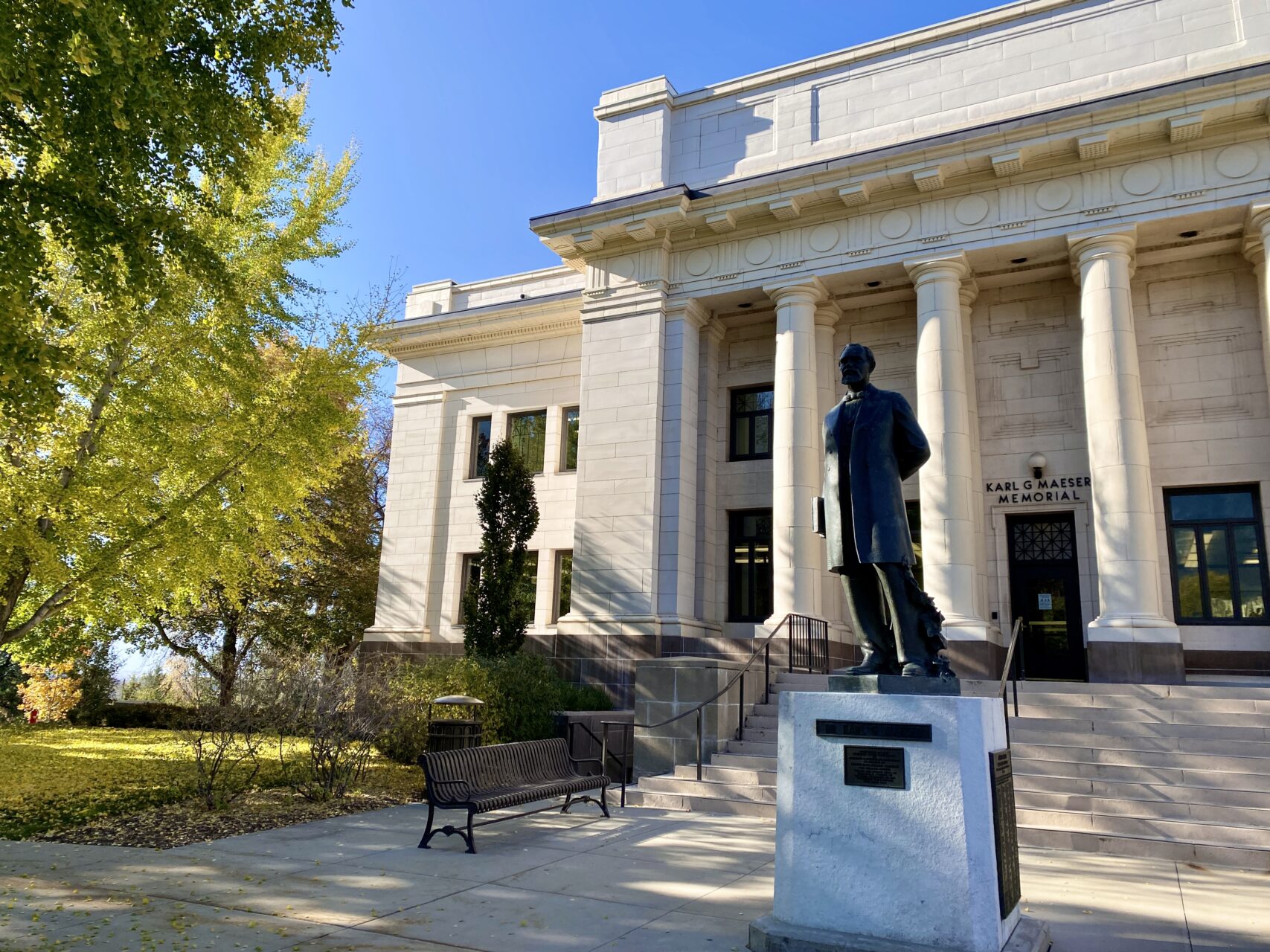
With its storied past and the relocation of the site’s previous occupants, the Karl G. Maeser Building stands as not only the oldest but also one of the most mysterious buildings on campus.
The Karl G. Maeser Building, built in 1911, is the oldest building on BYU campus still in use. According to Provo records, the land the Maeser Building now resides on was used as a cemetery in the 1800s.

Brigham Young sent John Sommer Higbee to find a place to settle a colony by the Provo River in 1849. In 1850, as part of the settlement efforts, Temple Hill Cemetery was established where the Maeser Building now stands.
Temple Hill Cemetery was an active cemetery from 1850-1880. According to the Provo City Sesquicentennial plaque located in the Provo City Cemetery, a new location for the Provo cemetery was chosen in 1853. With the development of the new cemetery, many bodies were moved from the Temple Hill location to the new cemetery on Springville Road, where the Provo City Cemetery is today. Some Provo residents believe it wasn’t possible for all bodies to be relocated from Temple Hill and still rest on the Maeser Building land.
In 1880, the soil of Temple Hill Cemetery was determined to be too sandy for a cemetery as graves would cave in before burials could take place, and Temple Hill Cemetery was officially closed.
Even though the cemetery was relocated more than 200 years ago, Alexandra Jones, a program assistant at BYU, had an experience about a year ago with the former Temple Hill Cemetery.
Jones said she was at the Maeser Building when she received an unexpected phone call from her mother. Jones recalled her mother asking her what she was doing at a cemetery and if she was alright.
“‘I’m not at a cemetery, I’m at the Honors building, the Maeser Building,’” Jones explained to her mother.
Jones’ mother had been tracking her location on an app to make sure Jones made it safely to work. Unknown to Jones at the time, the Maeser Building was marked as a cemetery on the app.
Contrary to what some apps may think, the Temple Hill land’s cemetery days are long gone. Following its time as a cemetery, the Temple Hill area became home to the Karl G. Maeser Building. Prior to its current role as the home of the Honors Program and the General Education Advisement Center, the Maeser Building was used as an administration building until 1961 and as barracks for the Student Army Training Corps during WW1.
BYU students involved in the Honors Program become very familiar with the Maesar Building.
“Most of the classes that you take as an honors student are in this building,” EJ Smith, an honors advisor, said. “It’s the coolest building on campus.”
The Honors Program offers challenging courses with the added benefit of smaller class sizes, according to the Maeser Building’s webpage.
“I’m very proud to be in the Honors Program,” Jones said. “It’s just a very homey environment, very safe community.”
Jones continued to say that with the smaller class sizes, the Honors Program creates a tight-knit community that allows for everyone to get to know each other.

As stated on the Maeser Building’s webpage, the Maeser Building was named after Karl G. Maeser, second principal of Brigham Young Academy. Maeser was well known for his teaching skills and integrity and was considered by many to be the “founder of BYU.”
The Maeser Building itself features a series of tall marble columns and a statue of Karl G. Maeser himself outside of the building.
“I really really love this building. It’s beautiful,” BYU student Adam Johnson said.
Johnson said the Maesar Building is a special building, unique from other campus buildings in appearance.
It is clear from the Maeser Building’s strange history that its unique architecture isn’t the only thing setting this building apart from other campus structures.




